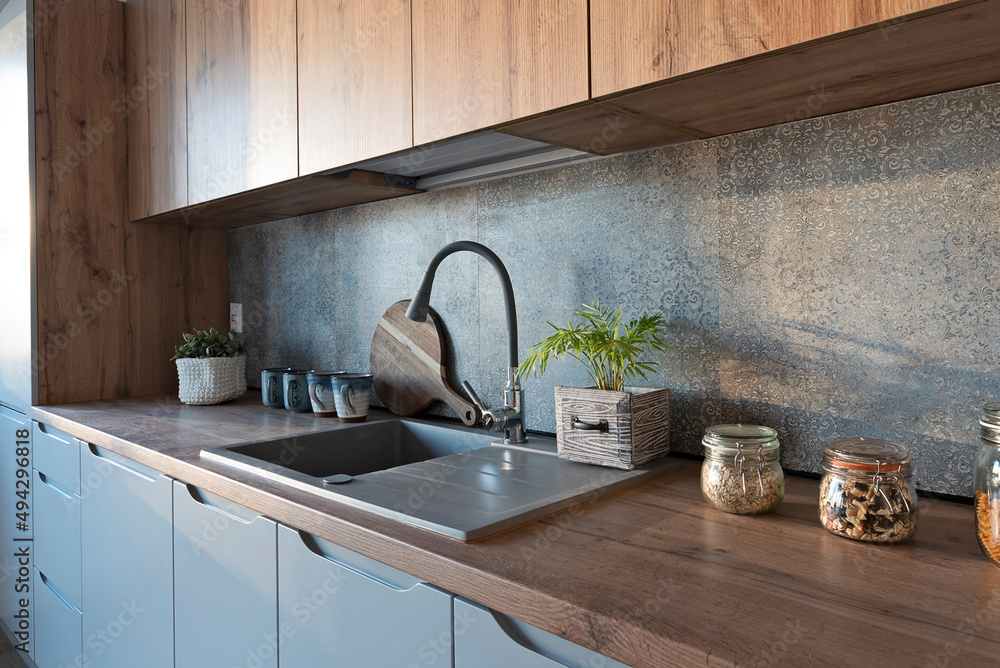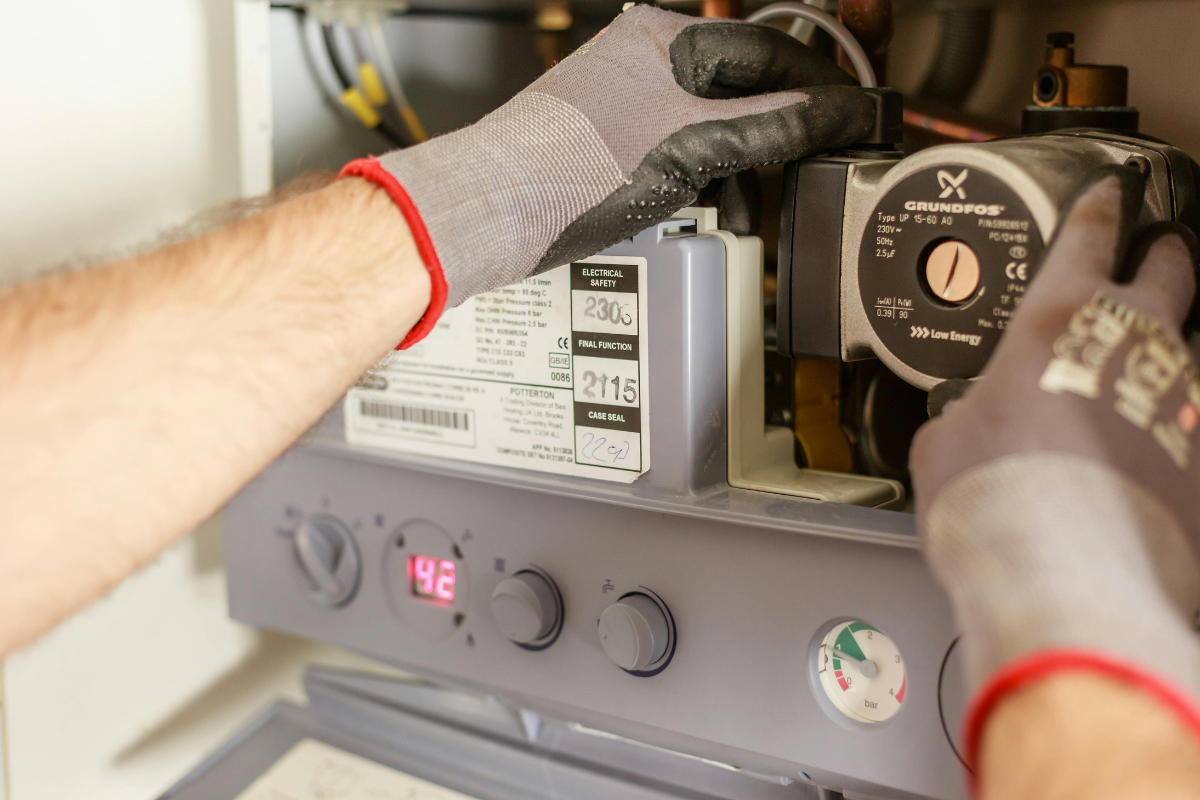Everybody may have their personal opinion with regards to 7 Plumbing Industry Trends You Need To Know.

Intro
The plumbing industry is going through a transformative stage driven by technical innovations and expanding issues for sustainability and effectiveness. This write-up discovers arising patterns and technologies forming the future of plumbing.
Smart Pipes Solutions
Integrating smart technology right into plumbing systems makes it possible for remote tracking, leak discovery, and automated upkeep. Smart sensors and IoT (Net of Points) tools permit homeowners and plumbings to keep an eye on water use and identify problems in real-time, leading to a lot more reliable source management and positive maintenance.
Water Efficiency Solutions
With boosting emphasis on water preservation, innovative solutions are being established to lessen water waste in plumbing systems. High-efficiency components, greywater recycling systems, and smart irrigation controllers are among the technologies helping customers decrease their water impact while preserving convenience and comfort.
Lasting Materials
The shift in the direction of sustainability encompasses pipes products, with a growing choice for environment-friendly alternatives. Biodegradable piping materials, such as PEX (cross-linked polyethylene) and HDPE (high-density polyethylene), offer toughness and resistance to corrosion without jeopardizing ecological stability.
Predictive Upkeep
Predictive maintenance techniques take advantage of data analytics and artificial intelligence formulas to expect and protect against pipes problems before they take place. By analyzing historic data and performance metrics, predictive upkeep formulas can recognize patterns and anomalies, making it possible for proactive treatments to prevent costly repairs and disruptions.
Augmented Fact in Plumbing
Augmented Truth (AR) innovation is transforming plumbing by providing technicians with real-time visual advice for troubleshooting and repair service jobs. AR-enabled clever glasses or mobile applications overlay digital info onto the physical setting, aiding plumbers picture pipe layouts, recognize concealed leaks, and execute repair services with precision.
Influence of 3D Printing
The arrival of 3D printing has actually introduced new opportunities in making plumbing parts. From custom-made fixtures to intricate pipeline installations, 3D printing permits fast prototyping and on-demand manufacturing, reducing preparations and allowing greater modification in pipes style.
Health And Wellness Qualities
In response to heightened worries for health and safety, pipes components are incorporating features such as antimicrobial surfaces, touchless procedure, and self-cleaning devices. These advancements not just improve health however likewise advertise user comfort and benefit.
Hygiene-focused Components
Touchless taps, self-sanitizing bathrooms, and antimicrobial surfaces are becoming significantly common in property and commercial settings, reducing the threat of bacterium transmission and promoting a cleaner, healthier setting.
Water High Quality Surveillance
Developments in water top quality monitoring innovations enable house owners to monitor the purity and security of their water in real-time. Smart water quality sensing units can discover impurities, pH levels, and temperature variants, equipping users to take proactive measures to ensure water safety and security.
Remote Pipes Solutions
Remote diagnostics and online help are transforming the way pipes services are supplied. Through video clip conferencing and remote access technologies, plumbers can fix concerns, offer advice for DIY repair services, and also do remote inspections, providing higher access and convenience to house owners.
Obstacles and Opportunities
While plumbing technologies hold immense promise, they also existing difficulties such as data personal privacy worries, governing compliance, and the need for workforce training. Dealing with these difficulties requires cooperation between sector stakeholders and regulative bodies to guarantee safe and accountable execution of new modern technologies.
Regulative Landscape
Governing structures play a crucial function in shaping the adoption of plumbing developments, with requirements and codes governing everything from water efficiency to product safety. As technologies continue to develop, regulatory bodies should adapt to ensure customer security and ecological stewardship.
Future Expectation
The future of plumbing is identified by continued technology and assimilation with other markets such as IoT, renewable resource, and building automation. By accepting lasting practices, leveraging arising innovations, and focusing on user-centric design, the pipes sector is positioned to deal with the advancing needs of culture while decreasing its environmental impact.
Final thought
Finally, the future of pipes is specified by a merging of innovation, sustainability, and user-centric style. By welcoming wise services, sustainable materials, and positive maintenance practices, the plumbing sector can improve efficiency, promote safety, and add to a more lasting future.
Plumbing Industry Trends You Need To Know
Smart technology in plumbing
Homeowners want to be able to manage their homes from their phones. The technology exists to make that happen. From smart toilets to leak detector devices, the whole plumbing system can be managed on an interconnected network made up of sensors, IoT devices, and machine learning algorithms.
This allows for wireless control to turn appliances on and off, automate routines, and access advanced monitoring to track water usage and flag potential issues. Smart technology streamlines water consumption, maintenance and energy usage, creating a more efficient system.
Green plumbing
The data analysis possible with smart technology not only improves convenience and cost-effectiveness but also fulfills a high-priority customer desire – sustainability. Consumers are very aware of their impact on the planet and want plumbing solutions to reduce damage and support sustainability. Eco-friendly plumbing solutions are already starting to emerge.
Customers can opt for low-flow toilets, water-saving faucets, and connections to sustainable energy sources. Beyond monitoring water consumption, customers can conserve water through the installation of greywater systems. This is a system that collects water that has been used but is still clean enough for some household uses such as toilet flushing.
Shorter product pipeline
To keep up with modern plumbing, plumbers need modern tools that enable them to complete jobs more efficiently. One technology making strides in this area is 3D printing. By 3D printing key plumbing fixtures, plumbers can reduce wait times even for specialized fixtures. It minimizes delays often seen in traditional manufacturing that frustrate customers and prevent plumbers from taking on more work.
Off-site repairs
Augmented reality is making a splash in many industries including plumbing. Plumbers can map a building online so they can explore the plumbing system through augmented reality, identifying areas of maintenance and repair completely digitally. This technology can be applied quite widely in plumbers’ work including planning installations and training new recruits. It’s safer, smarter and more efficient.
Low-footprint materials
Another way for plumbing companies to reduce their environmental footprint and meet the customer demand for sustainability is by using recycled materials in their work. The products they source and manufacture such as pipes, fixtures and faucets can be made from recycled materials. This saves the planet while being just as effective.
Onsite water purification
Additionally, plumbing companies can be advocates of water conservation and ease the financial and environmental concerns of customers by offering water purification systems. New water purification technology such as reverse osmosis systems and UV systems make it possible for homeowners and business owners to thoroughly cleanse water, removing contaminants onsite. This means the water can be safely reused in more ways than greywater can be, establishing a water recycling loop.
Tankless water heaters
Another innovation of modern plumbing is tankless water heaters. The idea is that the water is heated on demand as it runs through the system instead of being heated in a water tank. This is more energy efficient and therefore cost-effective and eco-friendly because water isn’t heated needlessly.

Do you really like reading about ? Post a short review directly below. We'd be delighted to find out your views about this page. Hoping that you visit us again before long. Do you know about another individual who is occupied with the niche? Why not share it. Thank you for going through it.
Book